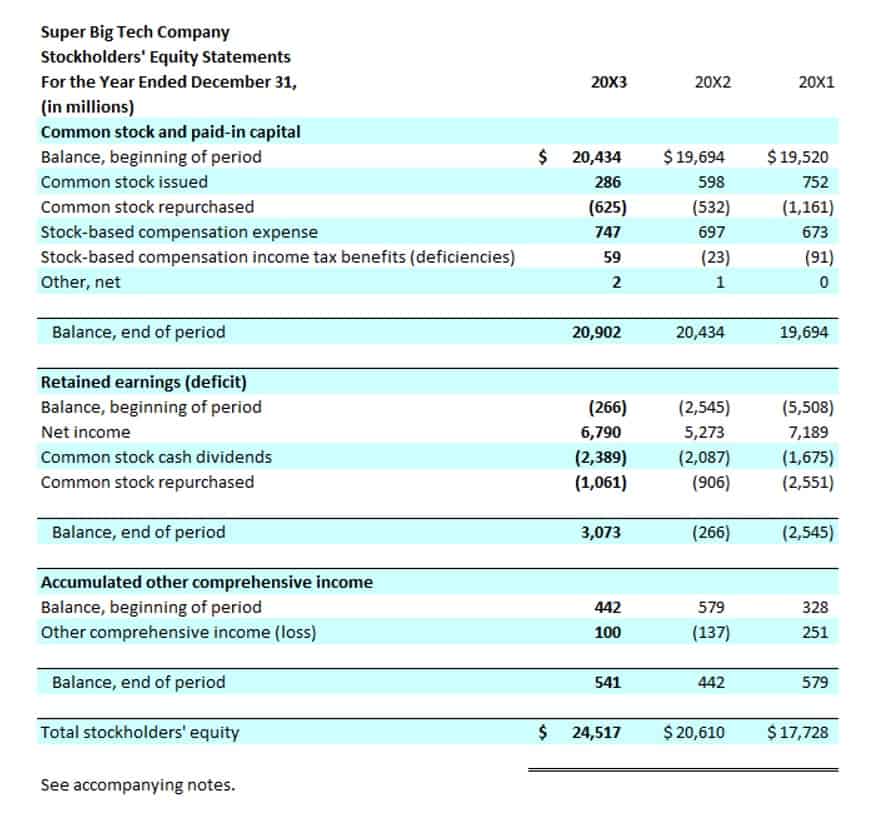
A suspense account is a temporary holding account used in accounting to post transactions with incomplete information or discrepancies. It is also used to temporarily hold funds during a transaction’s processing until all accurate information is available. A suspense account is needed because the appropriate account was not determined at the time the transaction was being recorded. As long as a transaction is found in a suspense account and hasn’t yet been transferred to its permanent account, it is placed in the suspense account, acting as its holding account for the transaction.
What are Suspense Accounts: Definition and Examples
A partial payment occurs when a customer does not pay the full amount owed for a transaction. Partial payments can come in many different forms, such as a deposit on a real estate transaction or an upfront payment for a service order. For example, payments may be received with invalid or unclear account information. Other details may also be unclear, such as the amount of the transaction or the payee. Unfortunately, the best section may not be known at the time of the receipt, and it is hard to say where you will find the suspense account in your own chart of accounts and general ledger.
- These rules generally require that loan servicers promptly credit a consumer’s account on the day a full payment is received, subject to a few exceptions.
- Timely identification and resolution of system issues can help prevent the creation of suspense accounts due to system errors.
- On the other hand, if the debit balance is more, then the balance is credited.
- In a real-life scenario, a small business owner received a payment from a customer but was unsure which product it was for.
- Large corporations can clear their suspense accounts periodically, whereas small enterprises can do so more often.
- The servicer might consider your payment partial and place it in suspense until it receives what it considers a full payment.
Example #1: Unknown Invoice

The continuation of unresolved suspense accounts can result in several potential risks and consequences for organizations. It is, therefore, imperative for organizations to proactively manage and resolve suspense accounts to mitigate these risks effectively. In situations involving complex financial transactions or unique circumstances, it can be challenging to determine the appropriate accounts to assets = liabilities + equity record the entries promptly.
- Implementing robust internal controls and monitoring systems can help prevent, detect, and address suspense account occurrences promptly.
- Businesses use it to ensure that financial statements remain balanced while errors or missing details are resolved.
- This type of account temporarily holds funds or securities until the correct placement of the transactions can be determined.
- Once you receive the full payment from the customer, you’re going to debit the suspense account for $100, then credit your Accounts Receivable for the same amount.
- Another instance in which having a suspense account comes in handy is when a trial balance is out of balance, meaning the debit and credit columns do not match.
- To keep your books clean and organized, it’s important to know what to do—and what to avoid.
- Any balance is investigated so that correcting adjustments can be made before the final financial statements are issued.
Suspense Balance for Partial Mortgage Payments
One situation in which having a suspense account comes in handy is when you are preparing your trial balance. The trial balance is the closing balance of a given account, calculated at the end of a certain reporting period. A suspense account will be managed by the finance team and serve as a catch-all for unknown what is a suspense account amounts.
- By utilizing a suspense account, these adjustment entries can be captured and subsequently allocated to their respective accounts, ensuring the accuracy of financial statements.
- This practice not only helps in keeping your financial records organized but also aids in ensuring compliance and accuracy in financial reporting.
- Make sure to record as much information as possible—date, amount, and any reference numbers.
- Double Entry Bookkeeping is here to provide you with free online information to help you learn and understand bookkeeping and introductory accounting.
What is a Suspense Account in Accounting? Definition and Examples
As a leading Chartered Accountancy Firm in London, we proudly serve businesses of all sizes. With more than 46 years of combined consultancy experience, our team expert accountants handle complex financial needs efficiently and accurately. A suspense account is like a good friend who holds your wallet when you don’t have pockets—it’s practical, reliable, and there when you need it. Instead of putting it in the wrong category, you park it in the suspense account until the paperwork catches up. Thus, The suspense account is your go-to solution for suspicious transactions.
Incomplete Documentation:
- If you get a payment, but you don’t know who has sent it, you may need to place the amount in a suspense account.
- In such cases, a suspense account allows for the entry to be recorded, pending the retrieval or completion of the required documentation.
- With a demonstrated history of helping borrowers in need, CreditNinja makes your financial growth and understanding our top priority.
- A suspense account is a temporary account used in accounting to record amounts that are uncertain or unclassifiable at the time of recording.
- Similarly, when a correct account is credited, the Suspense account is debited.
Having a suspense account containing a balance on the financial statements does not generally reflect well on the overall health of the business. Therefore, transactions in the suspense account should be cleared regularly and as soon as possible. When the trial balance shows credits exceeding debits, the difference should be recorded as a debit to reflect the temporary nature of those funds. An incomplete transaction should neither be overlooked nor entered improperly. The suspense account provides a place for accountants to temporarily log and track incomplete transactions until more information is obtained. Anything other than that, and you are probably much better off maintaining separate forfeiture and suspense accounts.

Leaving transactions in suspense can raise eyebrows during audits (and no one wants an auditor with raised eyebrows). Now, you might be wondering when is the right time to use these suspense accounts and get the utmost benefits from them. You might be unsure about which department of your business to charge, so you place the amount in a suspense account. If you’re unsure about where to enter a transaction, open a suspense account and talk to your accountant. Let us understand how suspense account entries work and how it helps accounting teams with the help of a couple of examples. A general ledger is where a business records its assets and liabilities on an ongoing basis, broken into separate categories or accounts.


But sometimes, if the payment Interior Design Bookkeeping isn’t sufficient to cover all dues, or if there’s confusion about the payment amount,, the money might go into a mortgage suspense account. When you record uncertain transactions in permanent accounts, you might have incorrect balances. Suspense accounts help you avoid recording transactions in the wrong accounts.
While other trial balance errors do exist (e.g., error of omission, commission, principle, original entry, reversal of entries), they do not affect the suspense account. Another instance in which having a suspense account comes in handy is when a trial balance is out of balance, meaning the debit and credit columns do not match. The unclassified transactions temporarily “parked” in this account are a “suspense” that we need to investigate and relocate into their correct accounts accordingly. While suspense accounts are invaluable tools in accounting for managing transactions that cannot be immediately classified, they also come with their own set of challenges. Here are some of the key difficulties that can arise when using suspense accounts and tips on how to address them. When you make a payment on your mortgage, every penny of that payment usually goes toward paying off interest, principal (the original amount borrowed), and possibly escrow amounts for taxes and insurance.